10 Bizzare Evolutionary Behaviors That Help Animals Survive
Survival in the wild isn’t just about brute strength—it’s about strategy, adaptability, and sometimes, outright deception. From insects that sacrifice themselves for the greater good to birds that embark on epic migrations, the animal kingdom is a masterclass in resilience. Evolution has fine-tuned these behaviors over millions of years, creating an array of astonishing survival tactics that continue to us. Let’s dive into some of the most fascinating adaptations that help creatures thrive against the odds in nature.
1. Mimicry
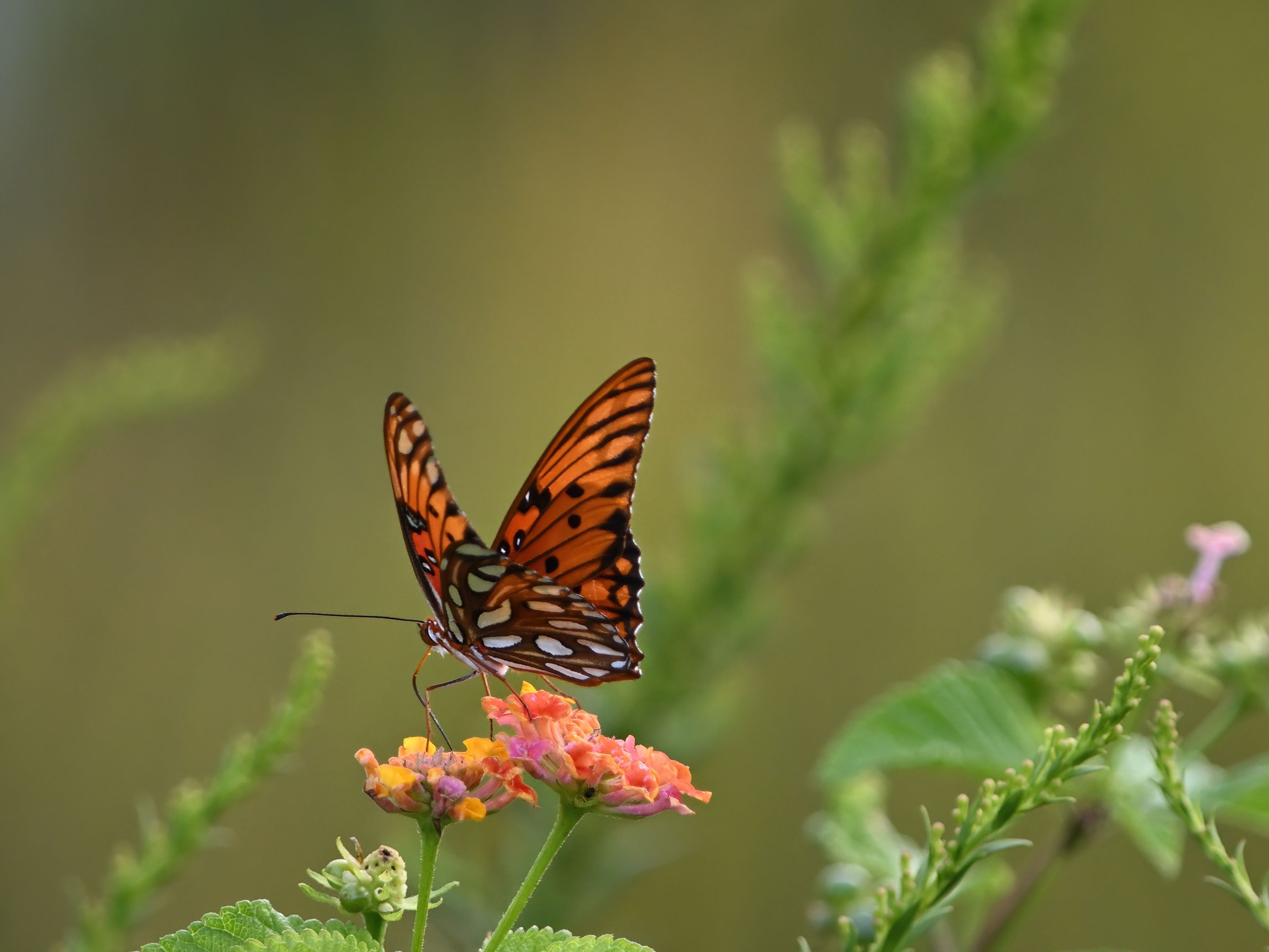
In the realm of survival, deception is a powerful tool, and few creatures pull it off better than the viceroy butterfly. By mimicking the toxic monarch butterfly, viceroys trick predators into leaving them alone. This clever disguise is a textbook example of 'Batesian mimicry', where a harmless species borrows the warning signals of a dangerous one. Meanwhile, camouflage is another deception game played by animals like the leaf-tailed gecko, which blends so seamlessly into tree bark that it might as well be invisible. Whether it’s tricking predators or sneaking up on prey, these tactics prove that in nature, looking the part can mean the difference between life and death.
2. Teamwork
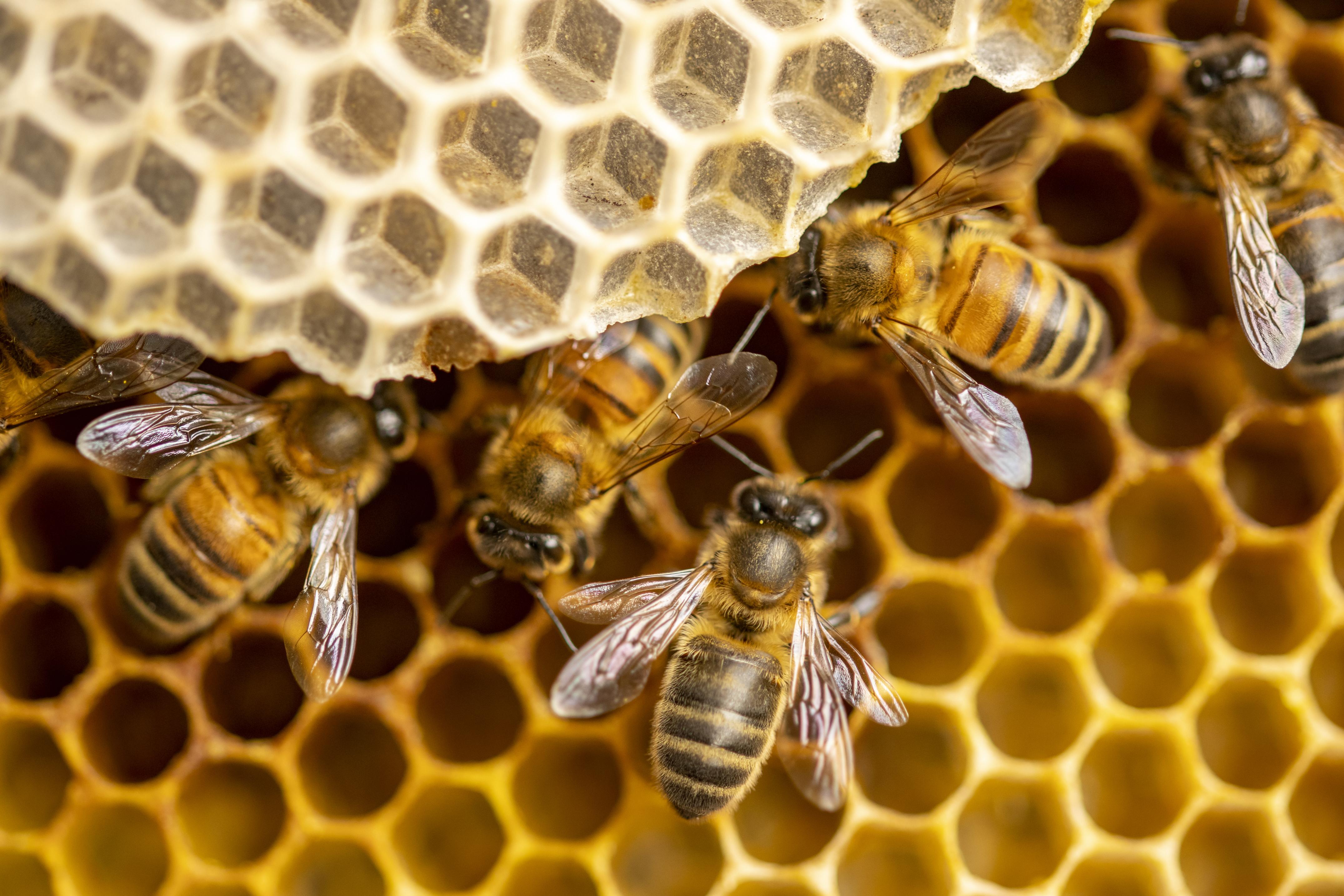
When it comes to teamwork, ants, bees, and termites take it to a whole another level. These eusocial insects operate like a single, well-oiled machine, where each member has a specific job—whether it’s foraging for food, defending the colony, or caring for young. The queen may be the star of the show, but without worker bees, the hive wouldn’t function. This extreme level of cooperation ensures survival in ways that solitary creatures could never manage. From elaborate tunnels to perfectly hexagonal honeycombs, their societies are a marvel of natural engineering.
3. Echolocation
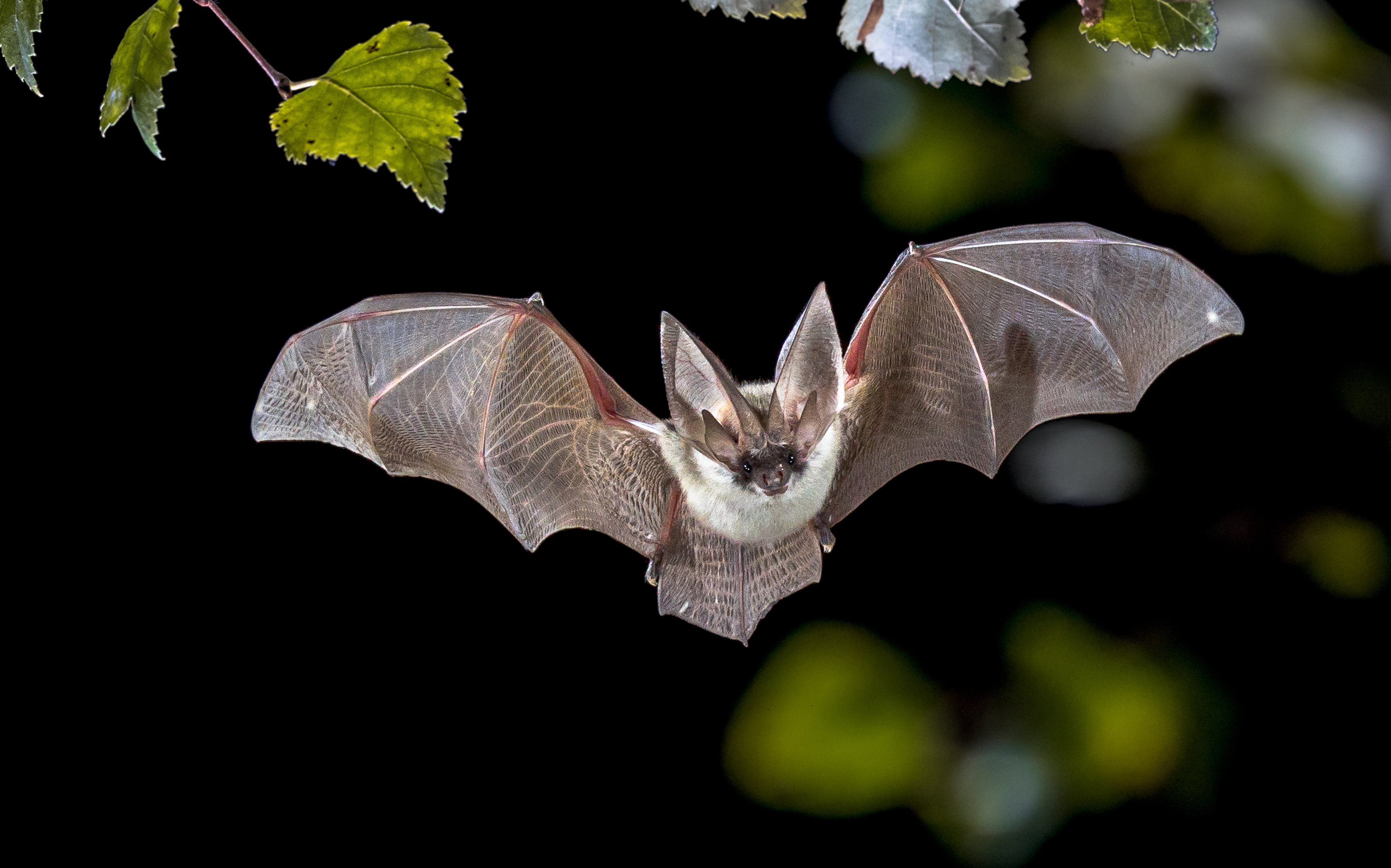
For bats, darkness isn’t an obstacle—it’s their playground. Using echolocation, these night flyers emit high-frequency calls that bounce off objects, painting a sonic map of their surroundings. This ability allows them to hunt insects mid-air with the kind of precision that would make any fighter pilot jealous. Dolphins use a similar technique underwater, navigating murky depths and tracking prey with clicks and whistles. Beyond hunting, sound plays a major role in animal communication, whether it’s birds singing to attract mates or whales exchanging calls across vast ocean distances.
4. Toxins
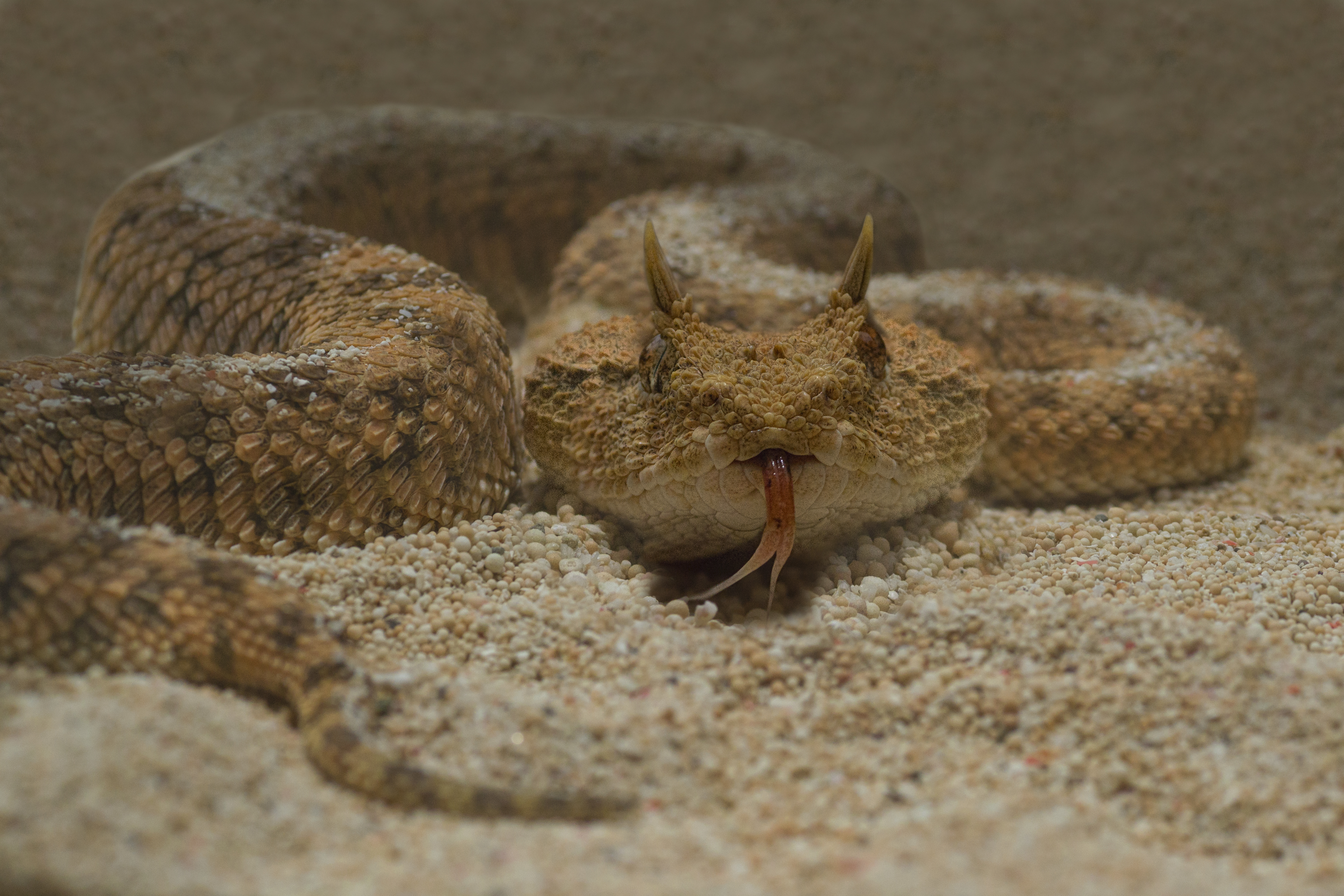
Venom is nature’s biochemical weapon, and few creatures wield it better than snakes, spiders, and scorpions. The king cobra, for instance, delivers a neurotoxic cocktail that shuts down its prey’s nervous system in seconds. But venom isn’t just for offense—it’s also a defense mechanism. Poison dart frogs, for example, secrete toxins through their skin, making them deadly to any would-be predator. Even plants get in on the act, producing chemical compounds to deter hungry herbivores. It’s an ongoing evolutionary arms race, where every adaptation sparks a counteradaptation in response.
5. Regeneration
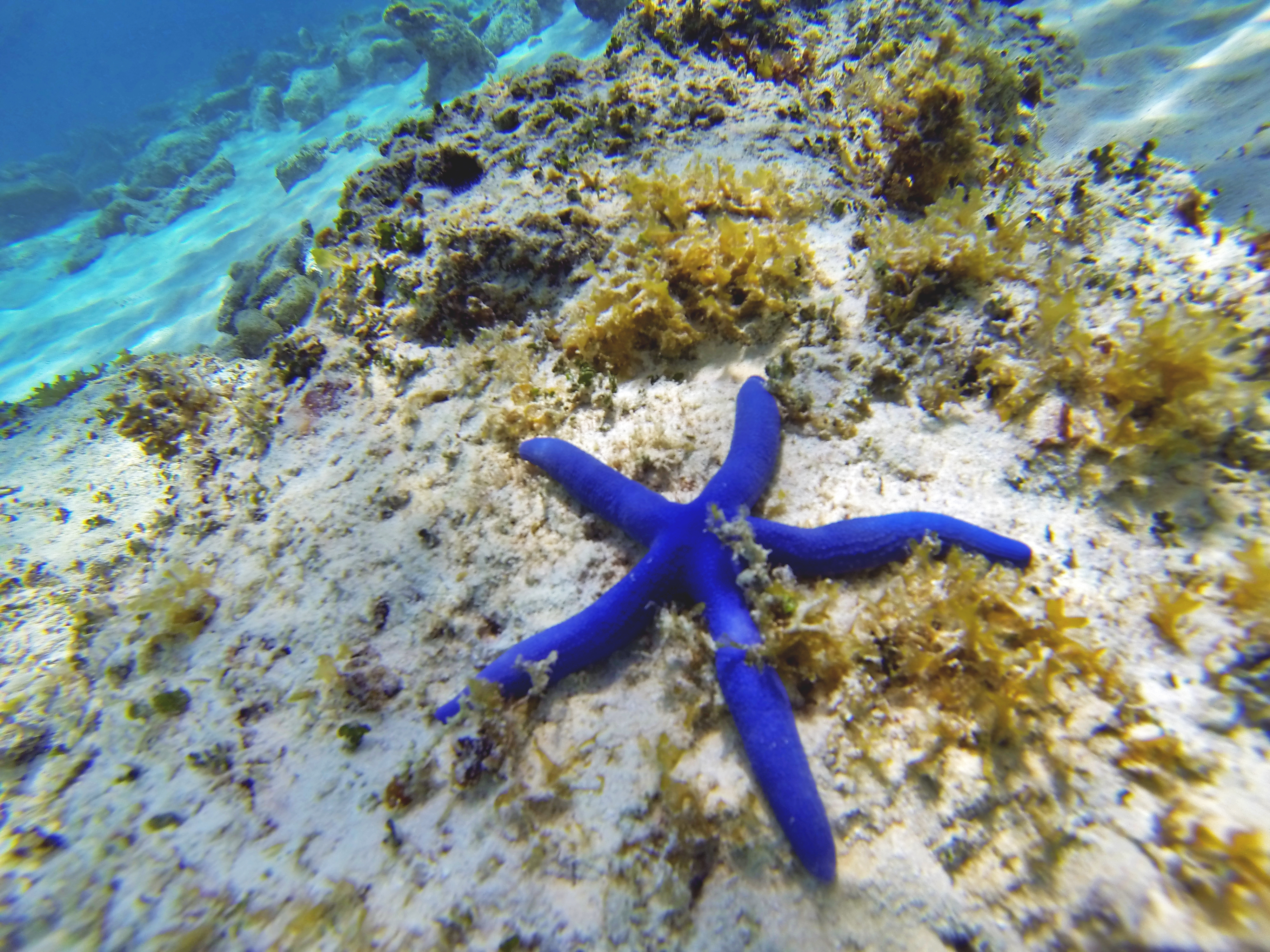
Lose a limb? No problem—if you’re a starfish. These echinoderms possess an incredible ability to regenerate entire arms, and some species can even regrow their entire bodies from a single severed limb. Salamanders and certain lizards also showcase impressive regeneration skills, with some able to regrow lost tails as a survival tactic. While mammals generally lack this ability, studying these creatures could unlock medical breakthroughs in human tissue repair and healing.
6. Self-Sacrifice
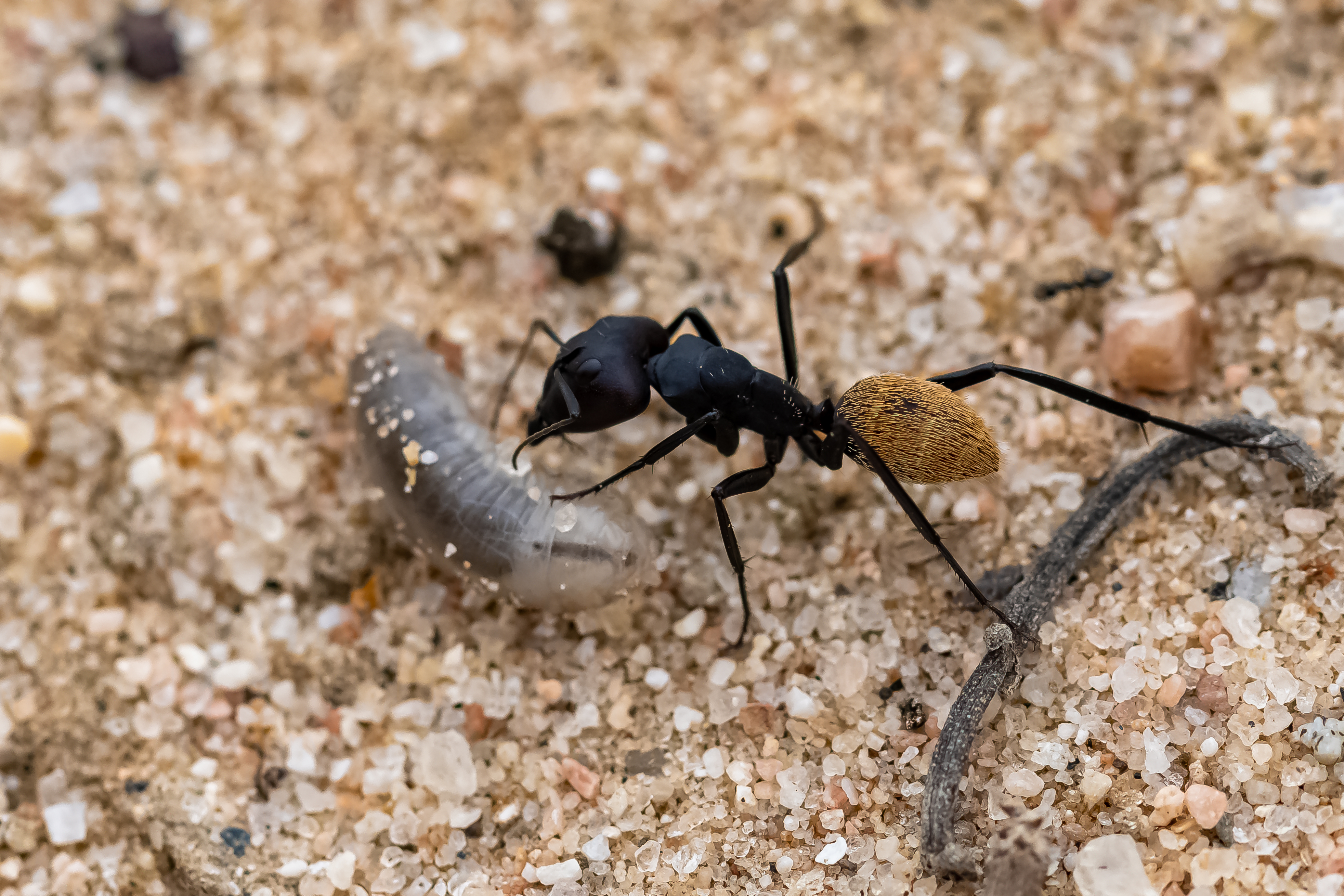
In the insect world, sacrifice isn’t just a noble act—it’s a survival strategy. Worker bees will sting intruders, fully aware that the act will cost them their lives, all in service of protecting the hive. Soldier ants take this even further, literally exploding their bodies to release toxic chemicals when defending their colonies. Beyond insects, some birds and mammals also put themselves in harm’s way to protect their young or group members. This seemingly selfless behavior is a powerful evolutionary tool, ensuring that their genetic lineage continues even if they don’t make it out alive.
7. Migration
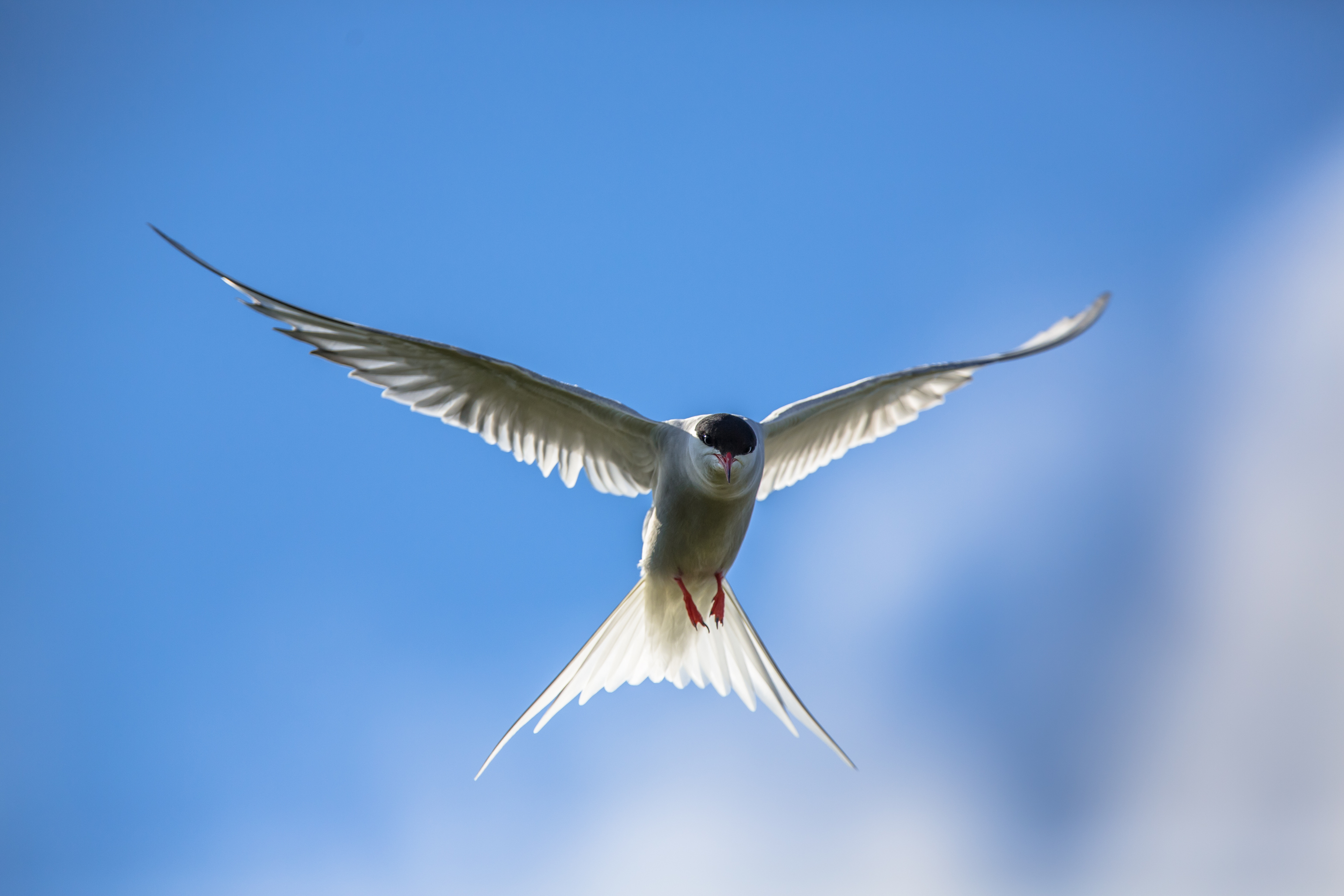
Few animals embody the spirit of adventure quite like the Arctic tern. This small seabird holds the record for the longest migration of any species, traveling from the Arctic to the Antarctic and back each year. That’s roughly 44,000 miles annually! Many other species, from monarch butterflies to humpback whales, undertake similarly mind-blowing migrations, using the sun, stars, and even Earth’s magnetic field to guide their way. Migration is a testament to endurance, instinct, and the incredible navigational skills baked into animal DNA.
8. Territory Marking
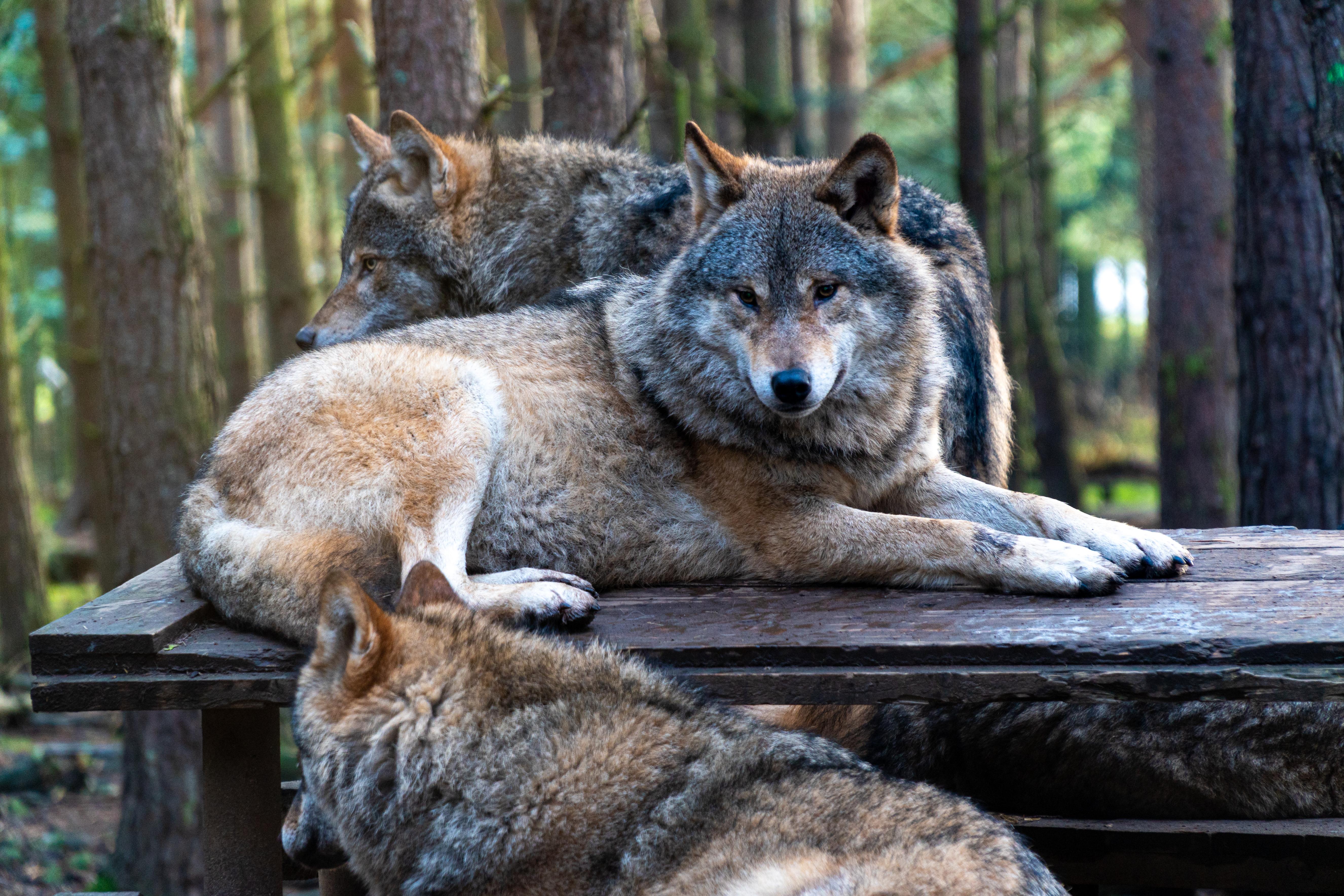
Wolves are social creatures, but when it comes to their territory, they don’t play around. Packs mark their land with scent markings and vocal howls, warning rival wolves to stay away. This kind of territoriality is widespread in the animal kingdom, from birds fiercely guarding their nests to big cats patrolling hunting grounds. While defending territory requires energy and risk, it ensures access to vital resources like food and mates, making it a critical survival strategy in the long run.
9. Innate Survival Instincts
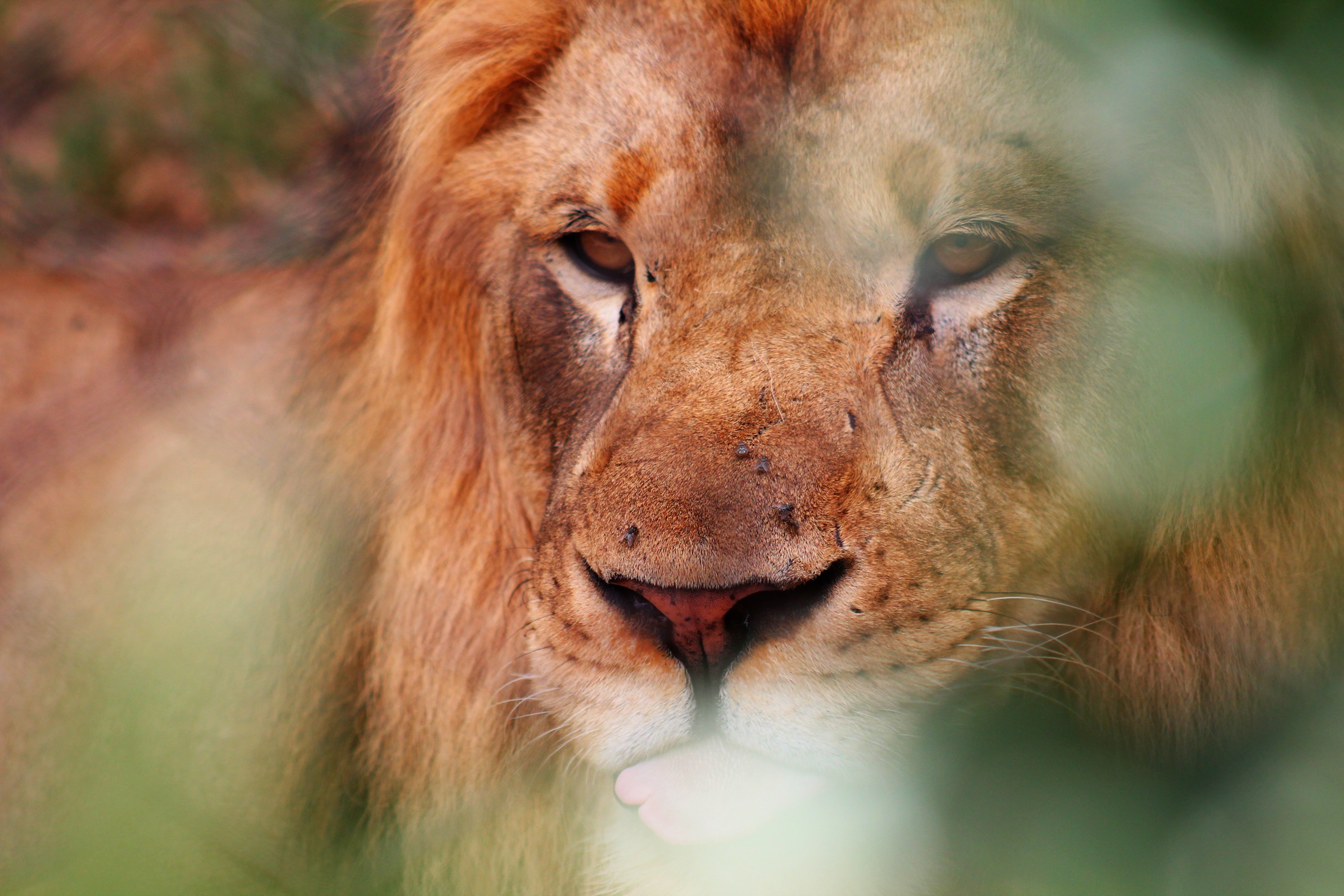
Some behaviors don’t have to be taught—they’re hardwired. Monarch butterflies, for example, instinctively migrate thousands of miles without ever having made the journey before. Baby sea turtles hatch on beaches and, without any guidance, crawl straight toward the ocean. Even predators like lions and sharks display innate hunting techniques from birth. These instinctive behaviors, fine-tuned by evolution, ensure survival without the need for trial and error.
10. Metamorphosis
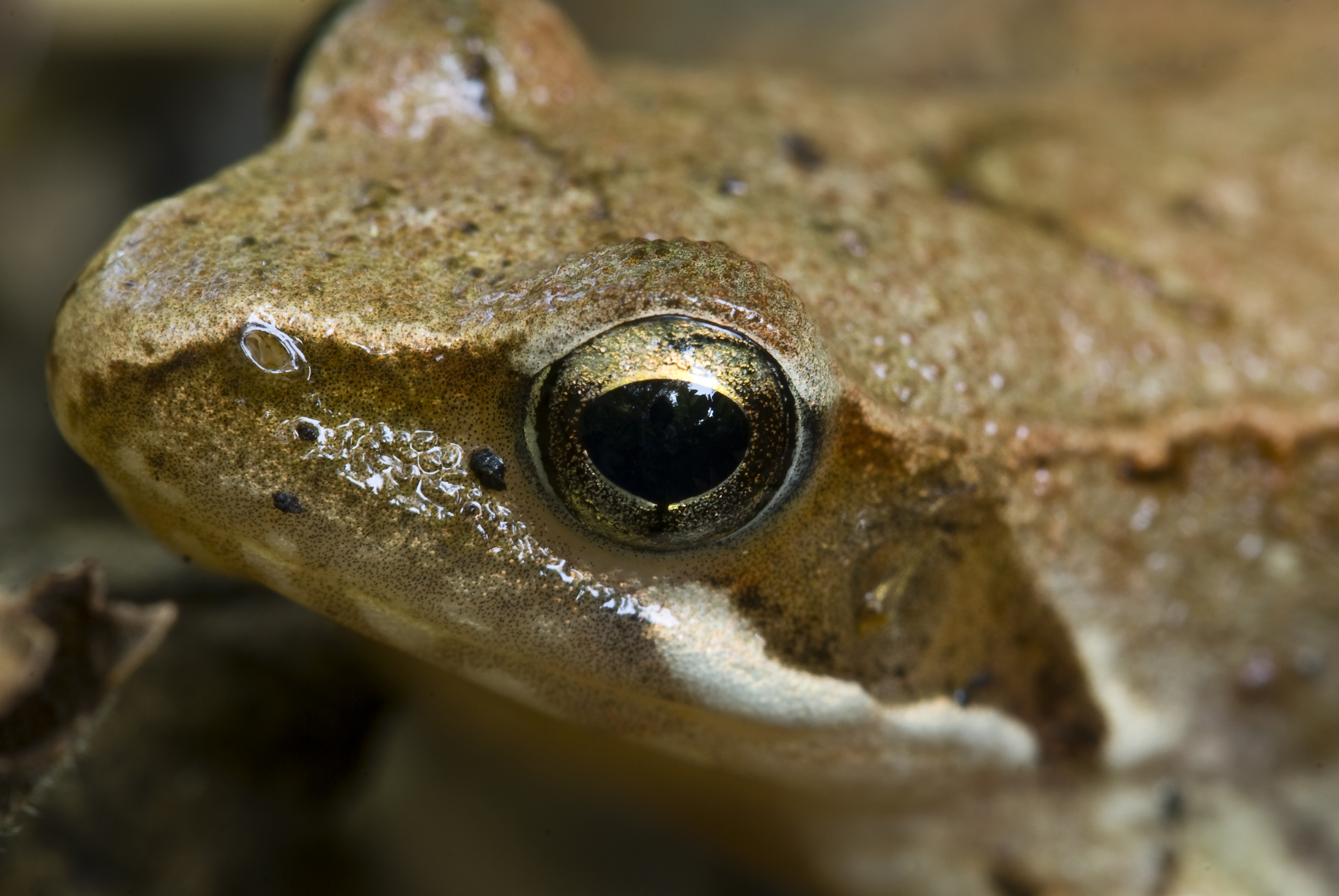
Metamorphosis is one of nature’s most dramatic makeovers, and few creatures undergo a more striking change than frogs. Beginning life as aquatic, gill-breathing tadpoles, they morph into fully formed, air-breathing adults capable of living on land. Insects like butterflies take this transformation to an extreme, going from crawling caterpillars to winged beauties. These radical life stage shifts allow animals to exploit different ecological niches and reduce competition between young and adults. It’s perhaps one of evolution’s most fascinating tricks!
The animal kingdom is filled with strange, brilliant, and downright astonishing survival strategies. Whether it’s a butterfly pretending to be one it’s not, a bat seeing with sound, or a snake wielding venom like a weapon, every adaptation tells a story of resilience. Evolution is a constant process—an ongoing dance where every step is a response to an ever-changing environment. The more we explore, the more we realize just how inventive and resourceful life can be. And that’s what makes the natural world so endlessly fascinating!







